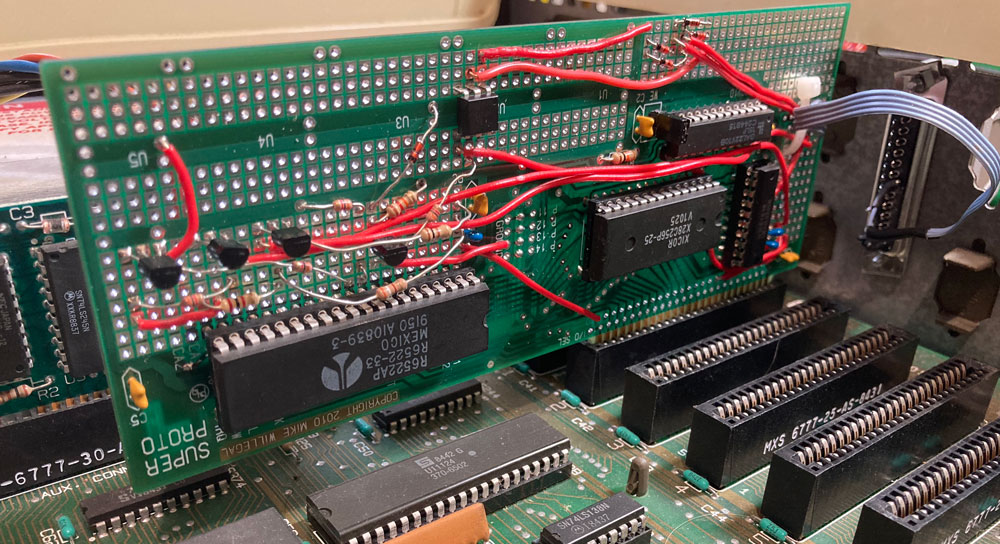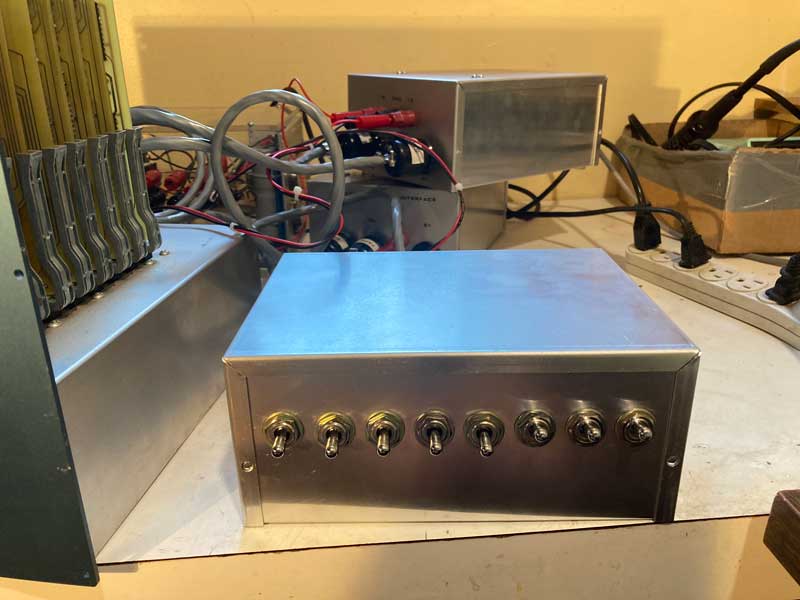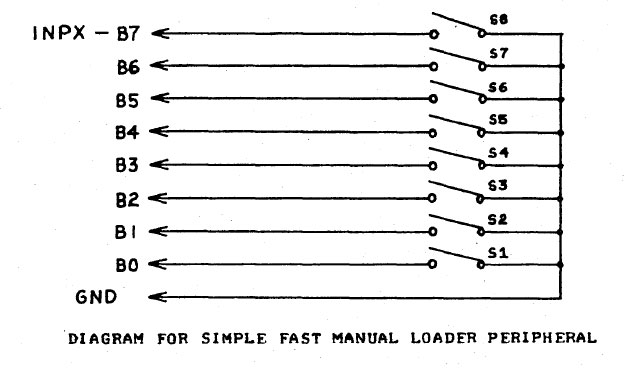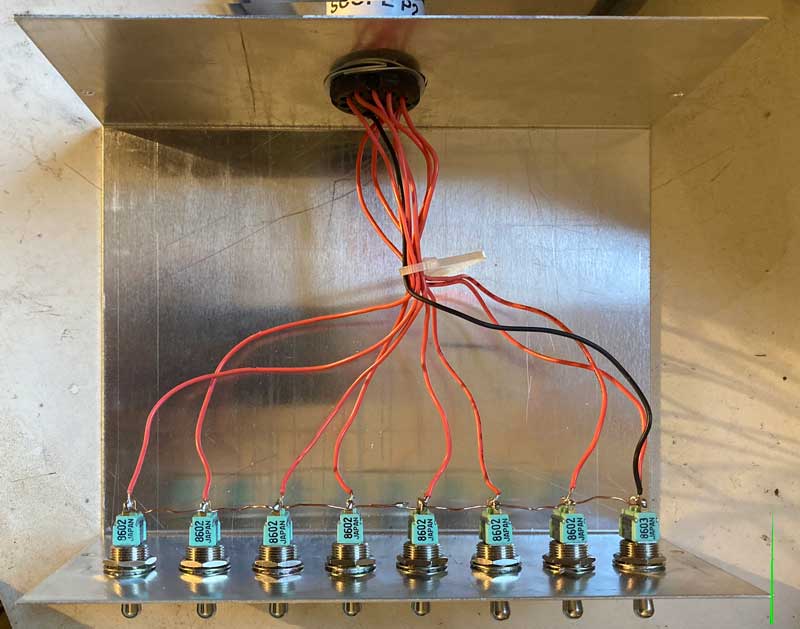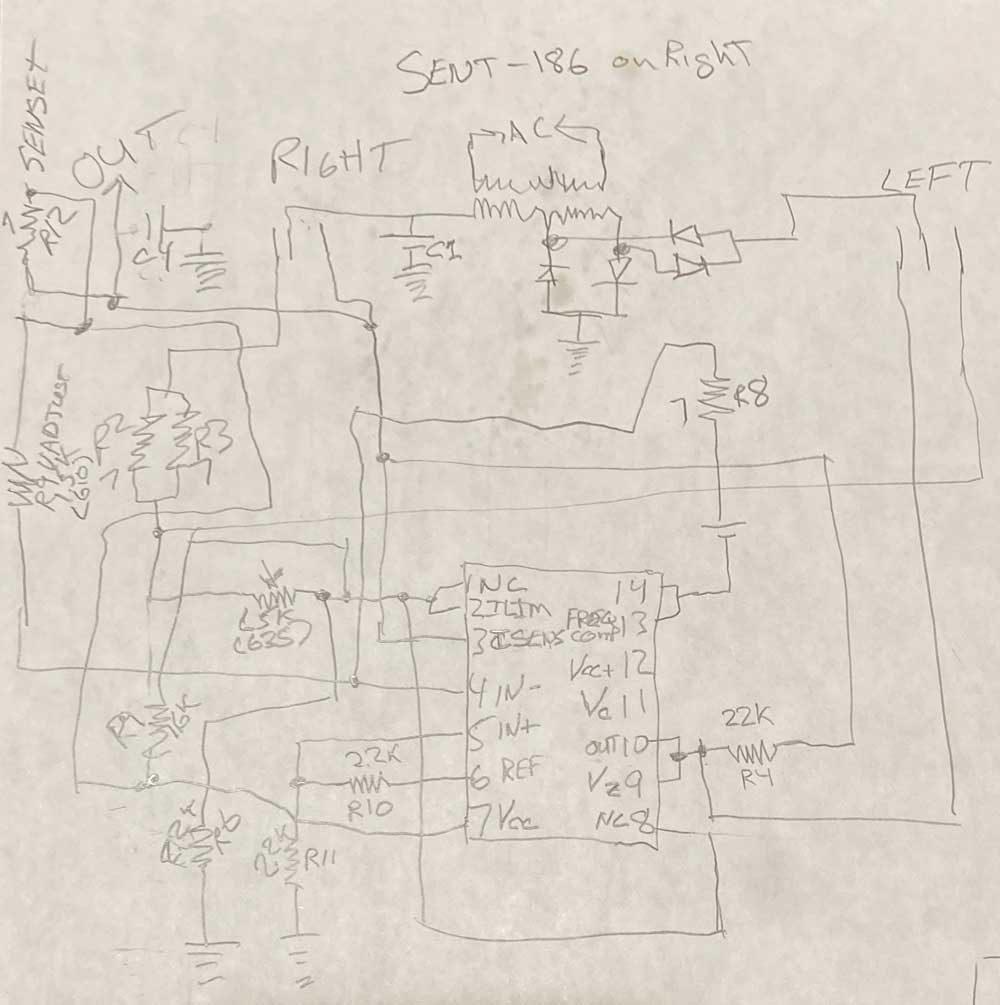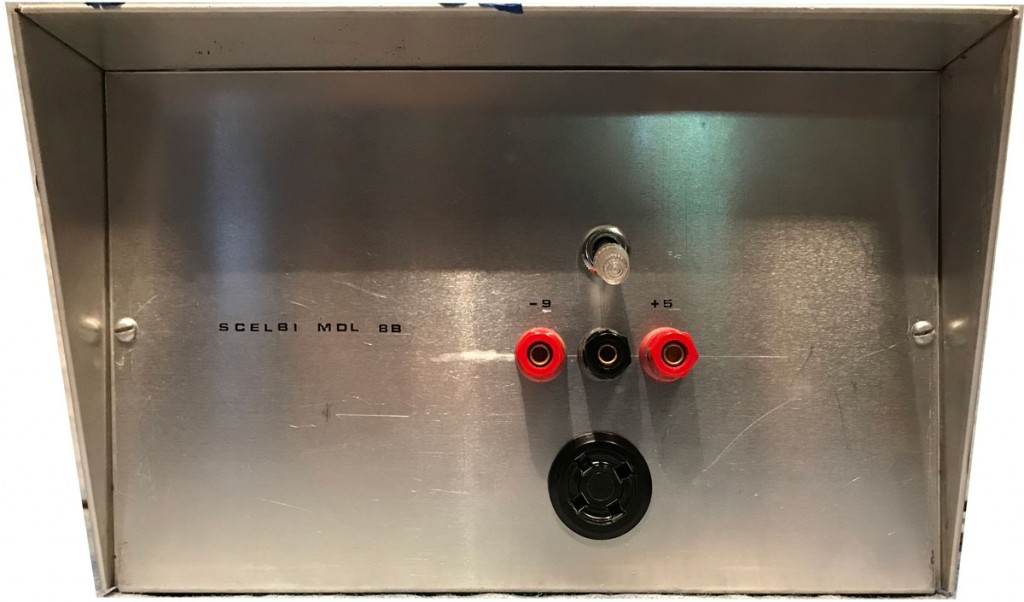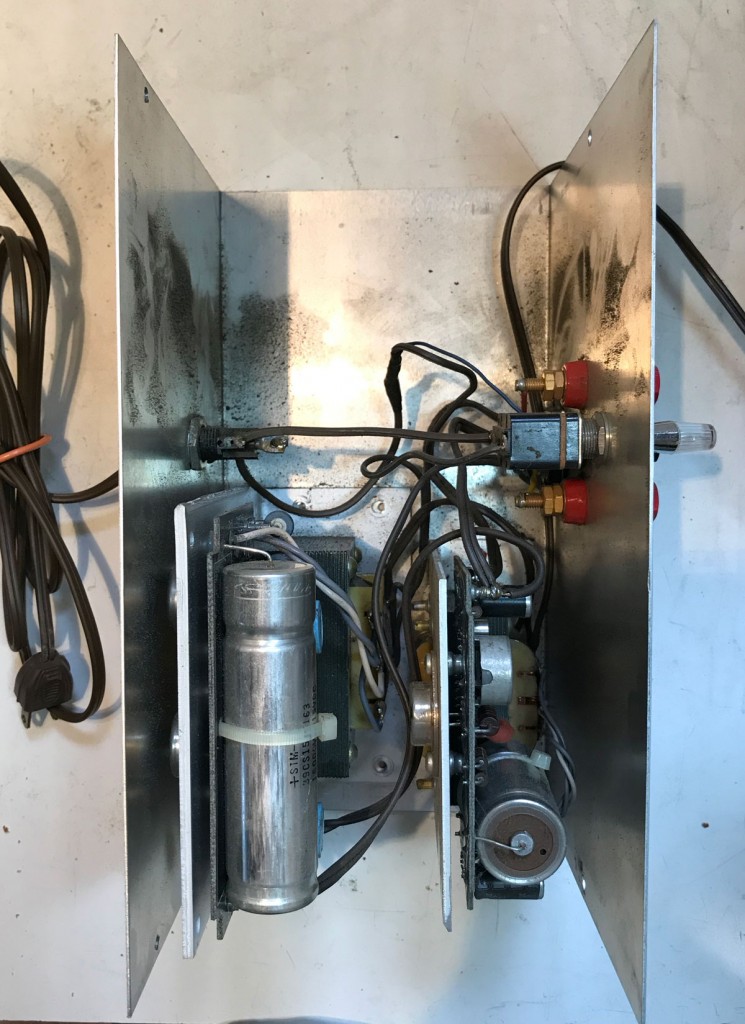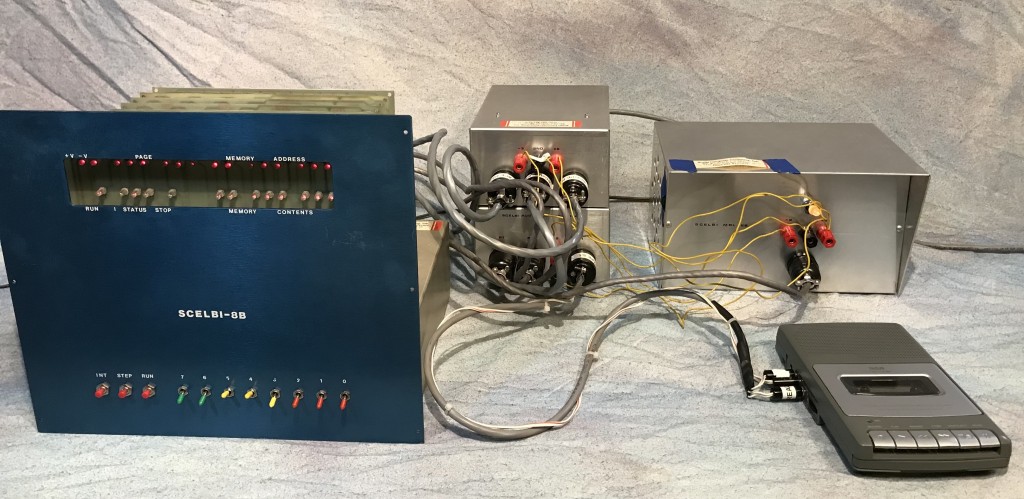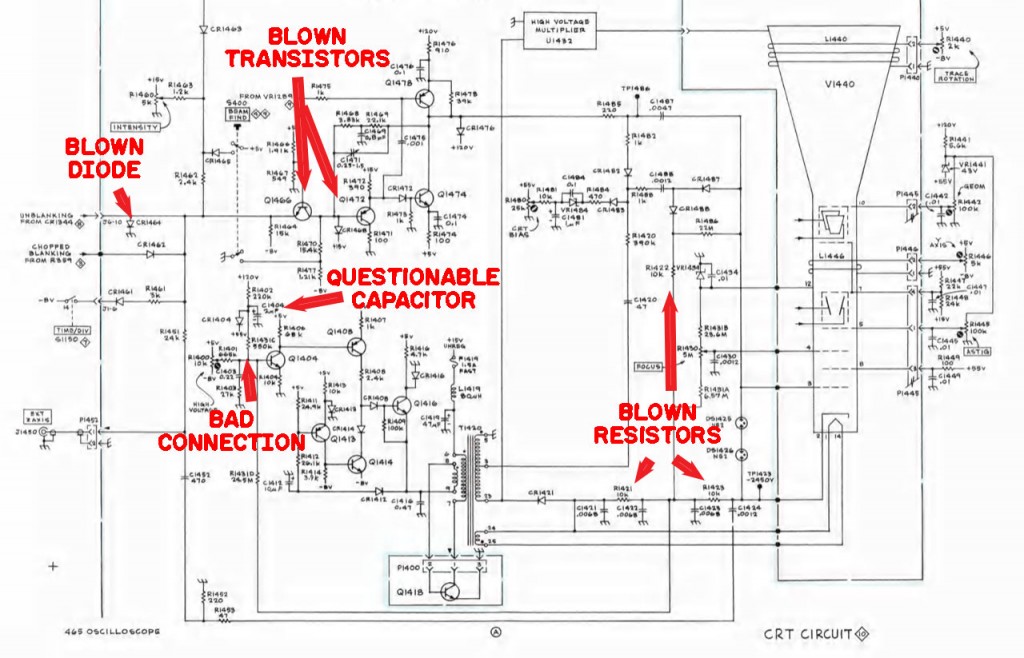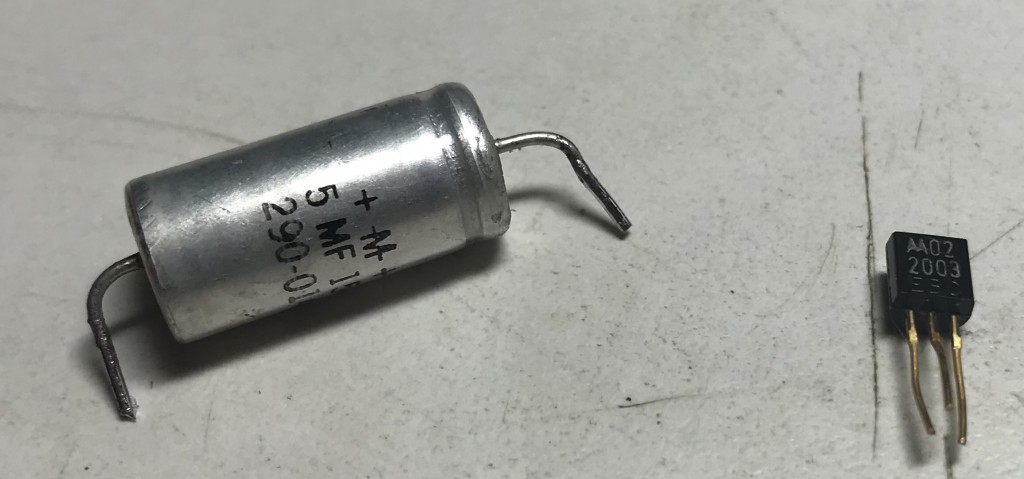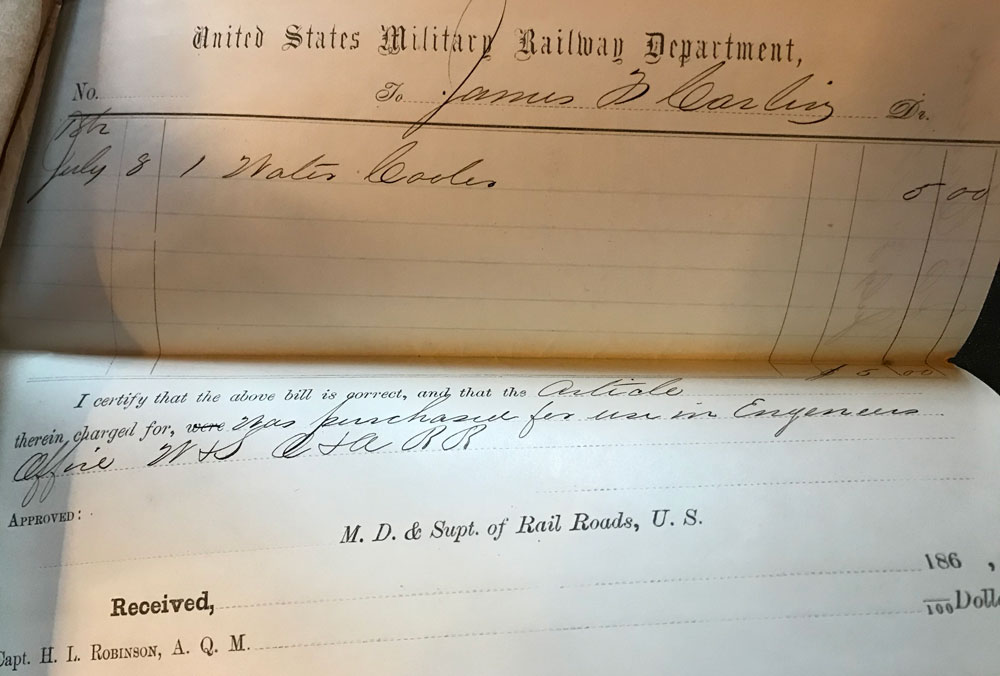I’ve long held an interest in the siege of Petersburg, which was the decisive campaign that lead to the end of the American Civil War. Despite the importance of this siege, books that cover it in detail are few in number, especially when compared with detailed coverage of most of the great battles of 1862 and 1863. When I heard of this new book in 2018, which promised the coverage that I was looking for, I knew I had to read it and I bought a copy soon after it was released.

Though the book has good reviews, currently rating 4.6 on Amazon, it took me two years to finish it. Though very well written, I found parts of the book hard to read. I think that is because my point of view differs greatly from that of the author. The author is extremely critical of the generalship of the Northern leaders. While Greene mentions some of the mistakes of the Southern commanders, it’s almost as if Greene was still propagating some aspects of the myth of the “Lost Cause.” In my mind, Greene doesn’t really appear to understand the difficulty of what Grant and his armies were attempting to achieve.
Though this is a battle book, I found coverage of the various engagements, inconsistent. With the vast majority of these kinds of books, the author, after describing a battle, will summarize the results in terms of ground lost or gained and resulting casualties. This book is no different and some of the smaller engagements are described in this fashion, with little to no detail as to what happened. To me, this approach strikes me as completely ignoring the horrors of war, almost antiseptic in nature. The following example shows how a clash that cost 140 Confederate casualties and an unreported number of Federal casualties, is covered in only two sentences. I understand how a book covering so many events can only devote so much text to such a small engagement, but it still bothered me a bit.

However, at the other end of the spectrum, the description of the Battle of the Crater is extremely graphic and detailed. Every American should read Greene’s account of that battle. This account should dispel any misconceptions modern Americans have about the Civil War being a “clean” war. In actuality, it was an ugly, dirty, horrid affair. This account also explores the horrors of racism that persists in our society to this very day.
Just to end this review on a positive note, I found the description of Wilson’s raid very engaging and interesting, maybe because I knew very little about the raid before reading this book.
Finally, since I’m done with this book, and I don’t have room on my shelves for more books, I’ll send my copy to the first of my blog readers that reaches out to me expressing an interest in reading it.

